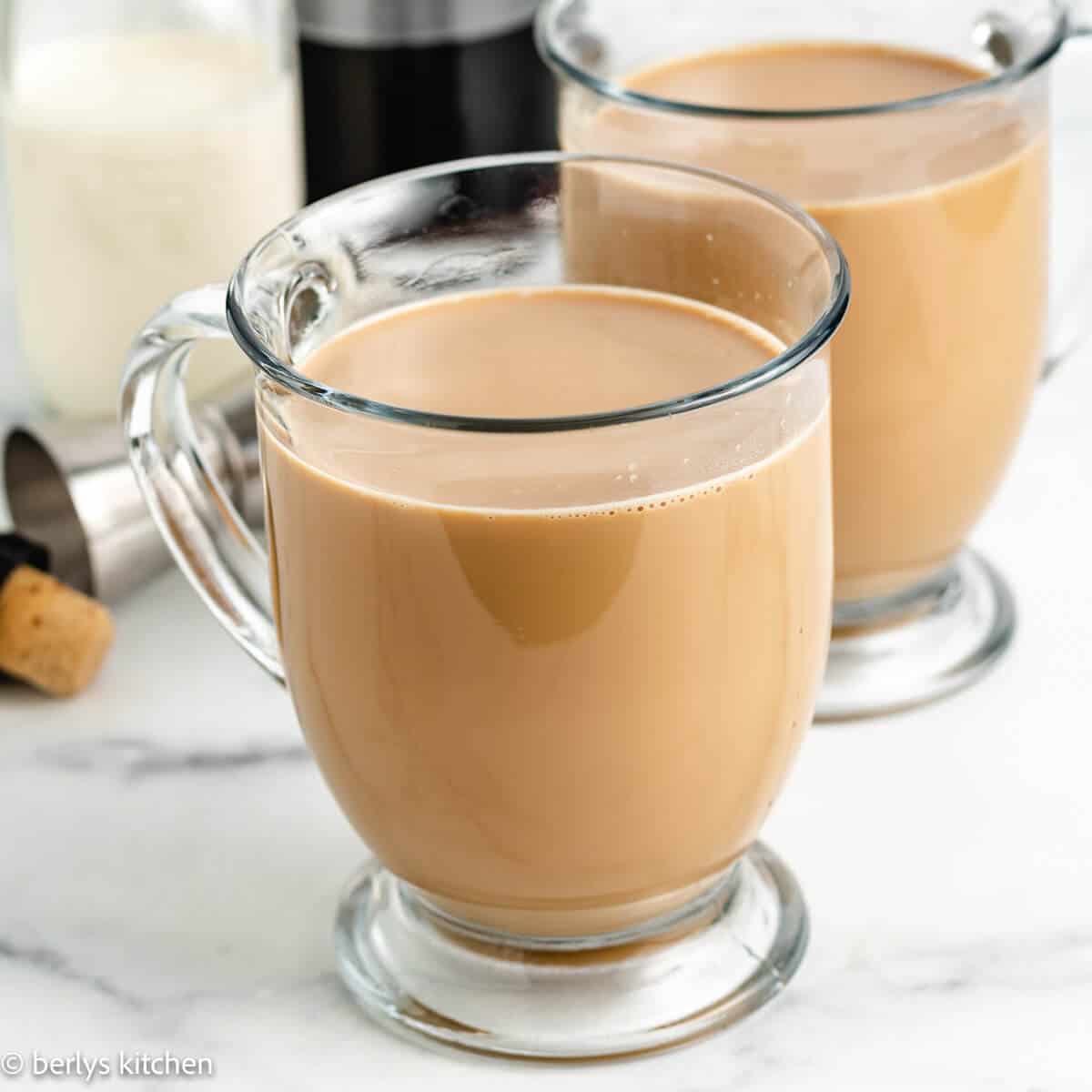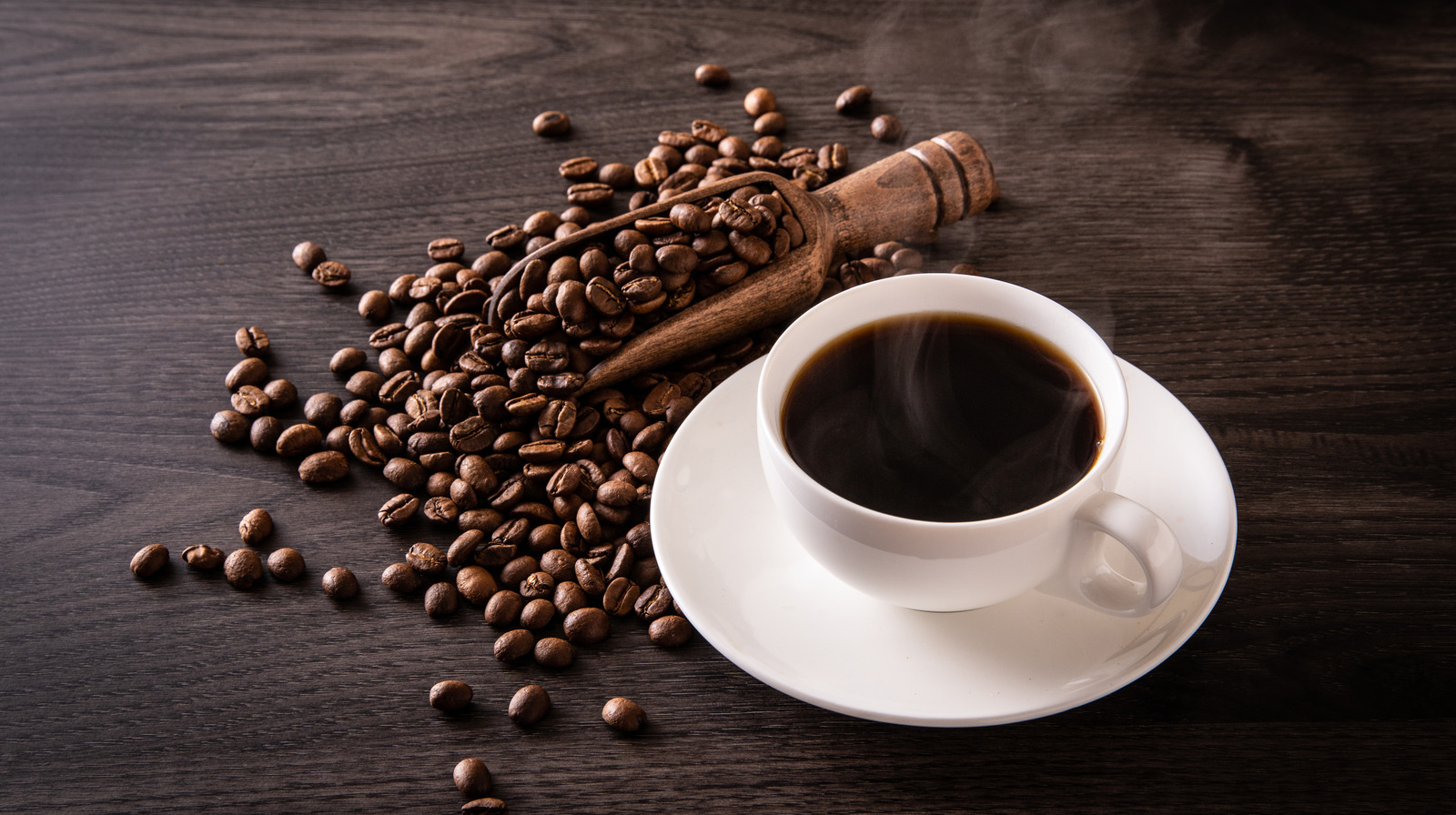Introducing the Charms of Coffee: A Journey With Flavor
Introducing the Charms of Coffee: A Journey With Flavor
Blog Article
Indulge in the Ultimate Coffee Fan's Overview: From Bean Selection to Developing
Embark on a journey with the elaborate globe of coffee, where the path from bean selection to developing unveils a world of possibilities waiting to be discovered. Comprehending the subtleties of different coffee beans, the alchemy of toasting profiles, and the proficiency of brewing approaches are just the start of a coffee lover's pursuit for the perfect mug. As we explore the art of improving tastes and reveal the secrets to a flawless extraction, the attraction of crafting an individualized coffee experience beckons, guaranteeing a sip of pure happiness with every mixture.
Understanding Coffee Beans
The top quality and flavor account of coffee are significantly affected by the sort of coffee beans utilized in the developing process. Coffee beans are normally classified into two major types: Arabica and Robusta. Arabica beans are understood for their fragile tastes, higher acidity, and intricacy. These beans are frequently taken into consideration superior in high quality and are preferred by specialized coffee enthusiasts. On the other hand, Robusta beans are defined by their solid, vibrant flavor, higher caffeine web content, and a little bitter taste. They are typically utilized in blends and instantaneous coffee due to their affordability and capability to create a thick crema.
Within these 2 main categories, coffee beans can even more be differentiated by their native land, altitude at which they are grown, and the processing methods used. Factors such as soil farming, environment, and make-up methods all contribute in shaping the last taste profile of the coffee beans. Understanding these distinctions can aid coffee fans value the diverse series of tastes and fragrances that different beans can provide.
Discovering Roasting Accounts
When diving into the world of coffee, understanding the complexities of roasting profiles is essential for valuing the subtleties in taste and scent that different roast levels pass on to the beans. Roasting profiles refer to the details temperature level, period, and methods used to roast coffee beans. The toasting procedure substantially influences the last preference of the coffee.
Roasting accounts can range from light to dark, each offering distinctive features. Light roasts are roasted at lower temperature levels for a much shorter time, preserving the bean's initial tastes and acidity. Tool roasts strike an equilibrium between taste retention and advancement, resulting in a somewhat richer taste. Dark roasts are roasted at higher temperature levels for a longer duration, leading to vibrant flavors, reduced acidity, and frequently a smoky or bitter touch.
Exploring different toasting profiles allows coffee lovers to experience a varied variety of scents and tastes, from fruity and flower notes in light roasts to the robust, caramelized tones of dark roasts - Coffee. Recognizing toasting profiles equips coffee lovers to pick beans that straighten with their choices, ensuring a truly tailored coffee experience
Learning Developing Techniques
Comprehending roasting profiles establishes the foundation for understanding brewing methods in the world of coffee recognition. It's crucial to select the ideal brewing approach to draw out the tastes and scents locked within the beans when you have actually picked the perfect roast for your preference choices. Each developing method, whether it be pour-over, French press, espresso, or cold brew, uses a distinct means to showcase the image source subtleties of the coffee beans.
The work dimension plays an essential role in brewing methods. Various brewing strategies need specific grind sizes to make certain optimum extraction. As an example, a fine grind is suitable for espresso equipments, while a Website coarse grind is better suited for French press developing.
Water temperature level and developing time are additionally important factors to consider when mastering developing techniques. Adjusting these variables can considerably affect the last taste of the coffee. Explore various developing methods and refining your strategy gradually will boost your coffee developing skills and raise your general coffee experience.
Enhancing Flavor With Enhancements
Checking out various additives such as flavorful syrups, flavors, or different milk options can improve the general taste account of your coffee. Flavored syrups, varying from traditional vanilla and sugar to distinct tastes like lavender or hazelnut, offer a sweet and aromatic touch to your brew. Coffee. Flavors such as cinnamon, nutmeg, or cardamom can include depth and warmth to your coffee, creating a rich and intricate flavor experience
For those seeking to discover dairy products options, alternatives like coconut, almond, or oat milk can supply a luscious texture and a refined hint of their distinct tastes, matching the coffee's preference. Trying out different mixes of additives allows you to tailor your coffee to suit your preferences, whether you favor a pleasant and indulgent reward or a much more durable and spiced flavor profile. Bear in mind to start with small quantities of ingredients and readjust according to preference, ensuring a harmonious equilibrium of flavors in each cup.
Tips for the Perfect Mug

Grind dimension also plays a critical function in the brewing company website process. Different developing methods call for different work dimensions for the best outcomes. A rugged grind is appropriate for French press, while a great grind functions well for coffee. Try out numerous grind dimensions to locate the perfect one for your favored developing technique.
Water high quality is commonly ignored however is just as vital. Always use fresh, filtered water to make certain a clean preference in your coffee. Water that is as well soft or too difficult can negatively affect the taste. Bear in mind to brew your coffee at the best temperature level. Coffee. The ideal array is in between 195-205 ° F(90-96 ° C )for a balanced extraction and delicious mug of coffee.
Final Thought
Finally, understanding the art of coffee brewing calls for focus to detail and testing with different elements such as bean option, toasting accounts, brewing approaches, and flavor enhancements. By understanding the nuances of coffee preparation and constantly fine-tuning your method, you can produce a phenomenal and customized coffee experience. Bear in mind to prioritize quality components and accurate dimensions to boost your coffee game to brand-new heights of satisfaction.
Recognizing the nuances of various coffee beans, the alchemy of roasting accounts, and the proficiency of developing methods are just the beginning of a coffee lover's mission for the best mug.The top quality and taste account of coffee are greatly influenced by the type of coffee beans used in the brewing process. Experimenting with different developing methods and refining your technique over time will certainly boost your coffee developing abilities and boost your total coffee experience.

Report this page